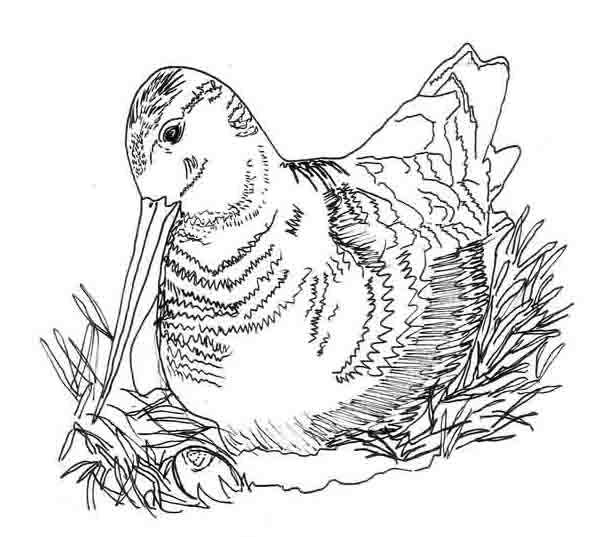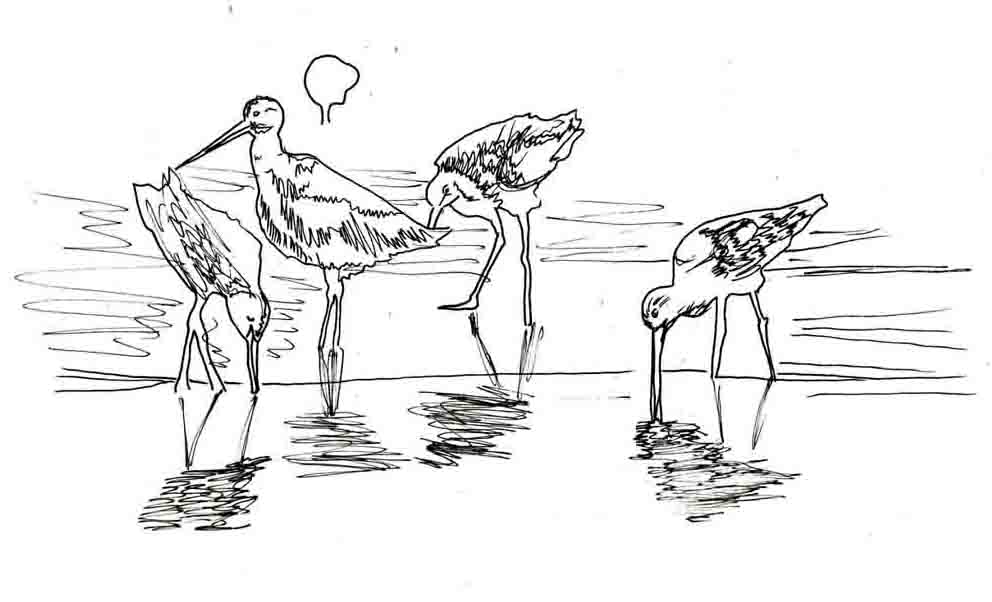A couple of birds
After months of separation, without any means of contact, the two bird lovers, bound in spirit, will meet each other time and again in the same spot on Terschelling, as if the soul of the island demands their union.
The calling of the spring is so powerful; it transcends their 5000 km journey between the Dutch isles and the faraway lands of Africa-Guinea Bissau. Guided by their inner biological navigation, a true marvel of nature, they withstand the fatigue and turmoil of tirelessly flapping about their wings, reaching a speed of 80km/h. Rushing to their most familiar nest, they stay above the cold seas at a height of 2000 meters, exploring the border that separates heaven from earth.
For their long travels they need energy. They fill their stomach in the rice fields of West Africa. The local residents share some of what they have and leave them mostly undisturbed, wishing the travellers a safe journey. After a stop on the Iberian Peninsula they fly straight to the meadows of the Low Countries. Some, however, choose to migrate through Tunisia and Italy, to breed in Poland or western Russia.
Finally they arrive at the maiden shores of Terschelling, ushering in the dawn of life in a bed of tall grass. They know how long to stay. We observe them form March until July, but such formalities are not essential to them. Where the hospitality of the Africans ended, the Dutch begins. Upon arrival, the tenders of Terschelling lands leave the grasses uncut and keep their cows and sheep at a distance. They make sure the birds are comfortable as naturally possible, taking care of them, together with the Africans, from both sides of the stormy oceans. Through the birds we are connected, writing their story from birth to adolescence to maturity.
In the safe-havens of Terschelling, many different kinds of avian visitors will make use of the available nursing grounds that the island offers every year, of which the Eurasian Oystercatcher, Grutto and the common Redshank are the most prominent. Meadow birds tend to stay away from trees and woodland; this is the domain of predatory birds. When these birds of prey fly over their nests they try to cover them or chase them away in groups, sometimes of different species. Sometimes the men are too brave and try to chase a predator away alone, leaving the nest unguarded.
Most meadow birds do not raise their offspring long after birth. The urge to migrate seems innate to the independent young birds. As the seasons change and they leave the Dutch shores, off to Africa or Scandinavia, and the cycle begins anew and we have to wait many weeks of winter to witness their beautiful rituals once more.
The continuation of this cycle depends deeply on agricultural practices that offer migratory birds a place in the meadows and rice fields of both Europe and Africa.




